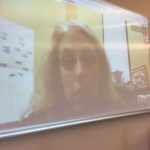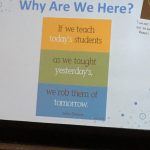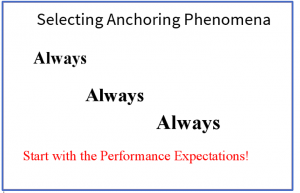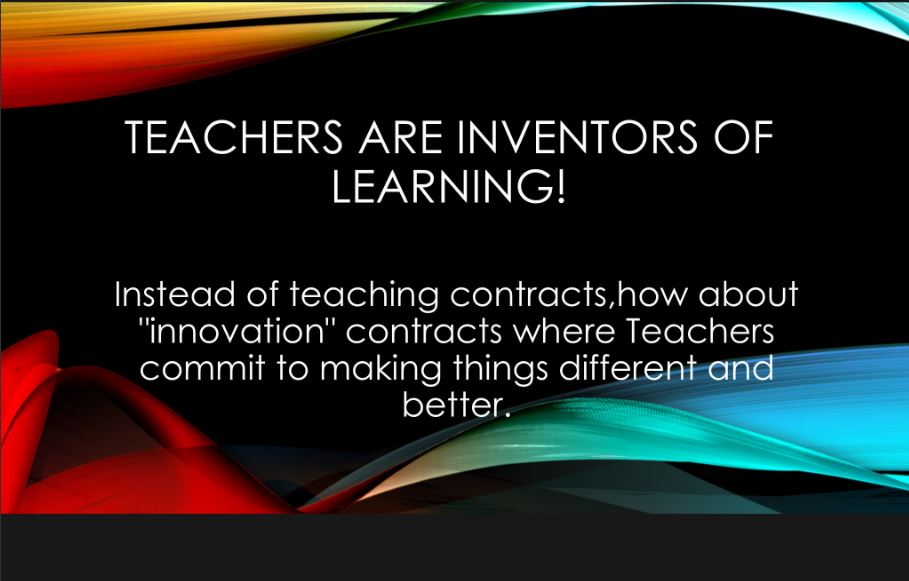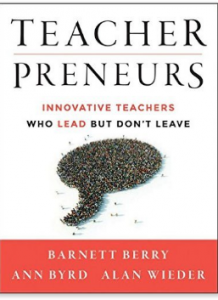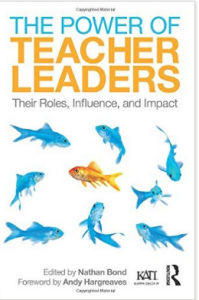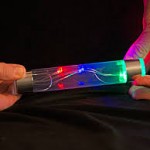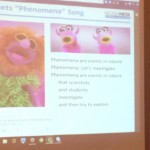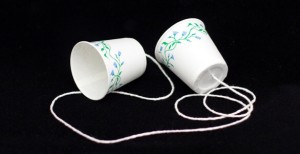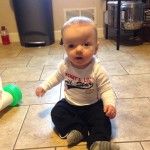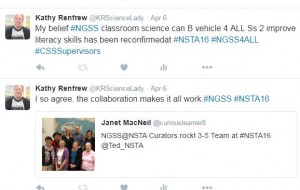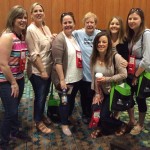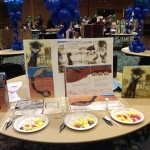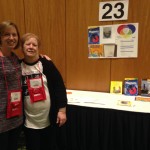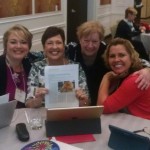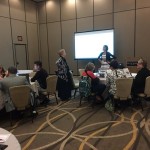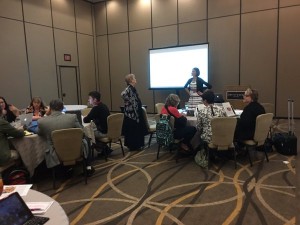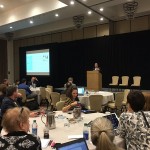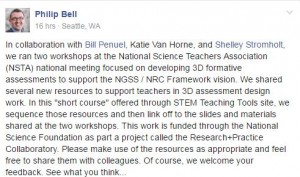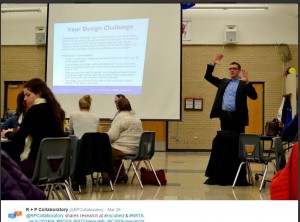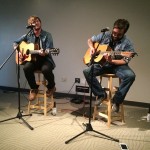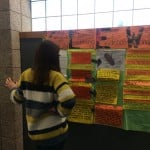This blog post started on Sunday morning the first day of Teacher Appreciation and my day started on #sunchat where we were celebrating and discussing how to support new teachers. I am going to reflect back on the teachers who made a difference, who helped me to grow and how each of them made a difference for the students in the classroom.
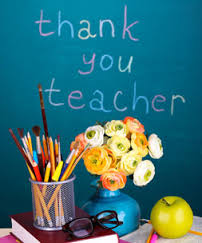
My first thank you will go to the principal of the small Catholic school where I was teaching part time very early in my career. She released me from my contract and allowed me to travel to Australia to teach for two years. Wow was that a growing experience both personally as well as professionally. I worked with some great teachers in Melbourne and the suburbs. I did have have a principal who didn’t like “Yanks” he showed my paycheck to everyone in the building. I was making more because I was 4 year trained.
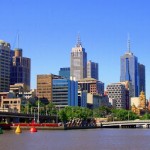

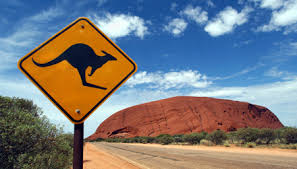
Leaving Australia , I came to Vermont and began working at Bradford elementary where one of my students was the son of the principal at a nearby school ( nearby by Vermont standards ) He saw something in me and recruited me to come work at his school. Thank you Peter Richards. While there I was teaching 4th grade and I had the opportunity to work with Ms. Sue Martin, the 3rd grade teacher. She was British and she suggested we combine our classes for part of the day and teach a multiage grade 3/4 integrated curriculum. I had NO idea what I was doing but it certainly sounded good. The students loved it and to my complete surprise really seemed to be learning things in new and different ways. So Sue and I decided to get our M.Ed and integrated curriculum taught by Mr. Tim Whiteford was our first course. Thank you so much Tim amd Sue!
Around the same time I was introduced to inquiry science by Gregg Humphrey, Maura Carlson and Dr. Bob Prigo from Middlebury College. Meeting and working with these three was life-changing for me. I knew then that I needed to begin to teach science differently than I had been taught. It was also time for me to leave WRVS in order to continue growing. I went to Peacham School, the place where I began to implement some of developing ideas.
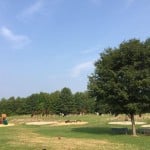
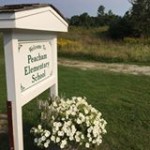
First I need to talk about my amazing administrator, Margaret Maclean! Many people have inspired me and contributed to I am but this very special woman made a huge difference in my career. She encouraged me to pursue my passion which of course was science instruction, making science AWESOME for all students! She nurtured me, allowing my collaborative and leadership skills to grow through practice. When it was time she nudged me to begin stepping out of the nest of collaboration that I had at Peacham Elementary School. I had dear friends and colleagues in that place who also helped become who I am Wendy Olcott, Tina Fearon, Cathy Browne, Lynn Talamini, Nene Riley, Sarah Parker, Kathy Crum, Cheryl Stevenson, Suzanne Rhodes and Janice Brisco who put up with me on a regular basis. Janice and I were a team and we taught integrated curriculum together, science being the emphasis. We worked together to implement a Toyota Tapestry grant for students in grades 4, 5 and 6. We built a full size log cabin outside the classroom window.What wonderful times we had as a team as a school. And then it was time for me to go , to once again follow my passion for science . But I would be remiss if I didn’t mention Dawna Chase, the special lady and wonderful teacher who took my place in the grade 5/6.
I had dear friends and colleagues in that place who also helped become who I am Wendy Olcott, Tina Fearon, Cathy Browne, Lynn Talamini, Nene Riley, Sarah Parker, Kathy Crum, Cheryl Stevenson, Suzanne Rhodes and Janice Brisco who put up with me on a regular basis. Janice and I were a team and we taught integrated curriculum together, science being the emphasis. We worked together to implement a Toyota Tapestry grant for students in grades 4, 5 and 6. We built a full size log cabin outside the classroom window.What wonderful times we had as a team as a school. And then it was time for me to go , to once again follow my passion for science . But I would be remiss if I didn’t mention Dawna Chase, the special lady and wonderful teacher who took my place in the grade 5/6.
That was 9 years ago. I went to the AOE to become a K-5 leader statewide in science and mathematics where I continued to learn from colleagues there Gail Hall ,Pat Fitzsimmons and Lara White Over the years the team grew to include Lori Dolezal and Tracy Watterson, two amazing educators and coaches. I can’t begin to describe what I have learned from them all, they were my teachers.
In this role I had the opportunity to work Tracy Lavallee a 4th grade teacher at Underhill ID. We collaborated , planned and implemented a 4th grade science instructional sequence that was the basis of the the NSTA Teaching NGSS in Elementary School 4th grade webinar. See clips we showed during the webinar.
https://psu.box.com/s/n8skoxuimt2oqfif6moj 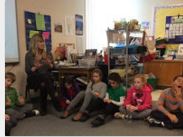
https://psu.box.com/s/jp91urkrmzelzj0hxp4a
This was such a learning experience for me but what a wonderful opportunity for is to plan, teach, video, reflect, revise. I loved it! Thank you Tracy for inviting me into your classroom.
I have some very special colleagues and collaborators at the Agency, they are my K-5 Science Professional Learning Team. This team is made up of classroom teachers, teachers leaders, representatives from higher education, librarians and administrators. This team is a professional learning community. We learn together, we brainstorm together, we solve problems together. What is so very meaningful to me is that through our work together many of them are being recognized for the quality learning opportunities they provide for students and other teachers. Denise Webb, the librarian presented a NGSS Nugget on what librarians could do to support implementation of NGSS. Colleen Cowell and Jennifer Burdick did a workshop on NGSS Constructing Explanations. Carly Epstein presented a NGSS Nugget on Planning Investigations . Kate Gagner offered a Google Hangout on Making and NGSS . Joy Dobson and Amy Clapp had a workshop on the Making Thinking Visible. Joy is an amazing kindergatern teacher! Christina Johnston, the principal at Weybridge, Joy’s school presented to other administration about what shifts in thinking NGSS meant for schools in Vermont

I was privileged enough to have the opportunity to visit Suzan Locke’s classroom and watch her lead her students in learning, lead me in learning. Suzan leads not only her students, but teachers in her district and teachers in Vermont. Thank you Suzan.
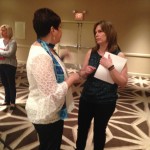
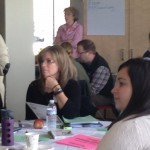
I have learned so much from Carla Zembal-Saul over the last few years. I don’t even know where to begin to thank Carla for being my friend, my colleague, my teacher and teacher to many prospective teachers. She has nurtured and nudged just as Margaret did many years ago. Carla has helped me grow and cement my beliefs about what young children need to be motivated to learn in science. Under guidance I think I can assist more of my colleagues in the work they do everyday in the classroom. Through Carla, I met some very special people who I also consider my friends,colleagues and teachers: Mary Starr, Kimber, Judy, Alicia and LeeAnna Hooper. 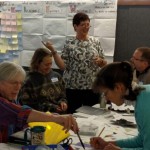
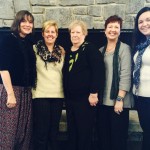
CSSS and NSTA I am so lucky to be part of these organizations. I have connected to many peeople in these organizations of the years and I consider them all to be my colleagues.
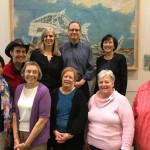

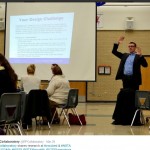

Achieve
I have learned from so many teachers from Achieve but Dr. Stephen Pruitt who is Commissioner of Education in Kentucky tops the lists followed close behind by Jennifer Childress.
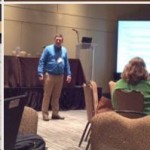
Thank you Jennifer it was through you I connected to Rita Jauszyk and was introduced to Betsy O Day who is not only an NGSS Curator but my NSTA roommate!. Thank you all for all you have taught me through our collaboration
Last but certainly not least are my colleagues on Twitter from around the country , around the world from whom I learn. There too many document them all but I am thanking you !

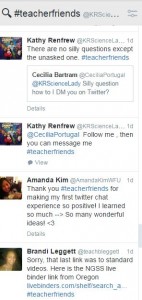
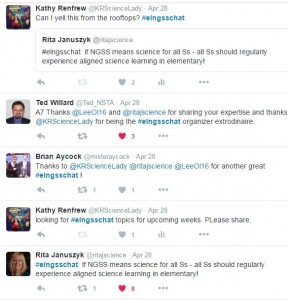
I also want to celebrate my daughter, Gayle Fitzpatrick Renfrew, who now teaches mathematics at Franklin High School in Franklin, MA.
One final time , thank you to ALL my teachers, especially my Mom, Helen Fitzpatrick, the teacher who convinced me to try education. And here I am saying thanking you 44 years later. I love teaching and all my teachers!
Teacher Appreciation needs to be an everyday occurrence!
Kathy


